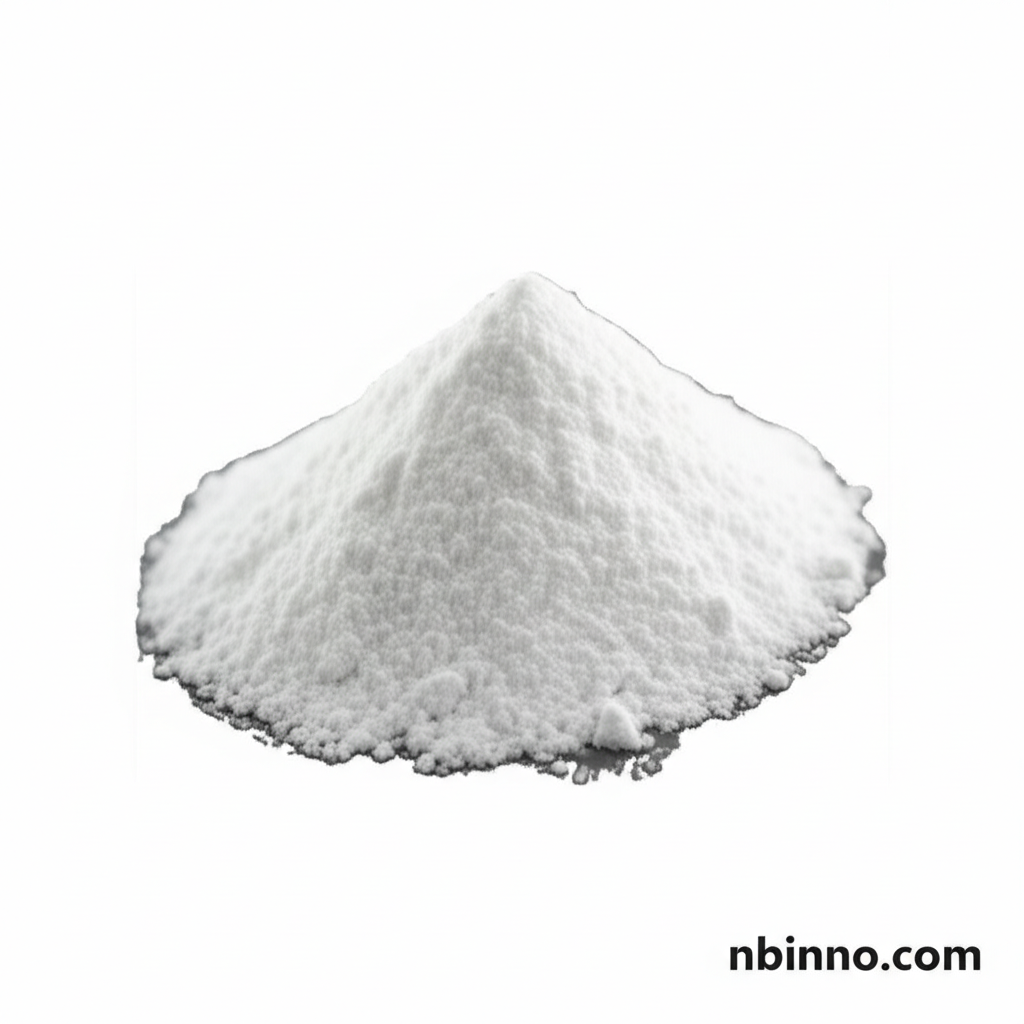3-(2-Aminoethyl)pyridine: A Key Pharmaceutical Intermediate
Explore the essential properties, synthesis routes, and diverse applications of this vital chemical building block.
Get a Quote & SampleProduct Core Value

3-(2-Aminoethyl)pyridine
This compound is a critical intermediate in the synthesis of various complex organic molecules, particularly within the pharmaceutical sector. Its specific chemical structure and reactivity make it an invaluable building block for developing new drugs and fine chemicals. Understanding its properties is key to efficient organic synthesis.
- Explore the detailed properties of 3-(2-Aminoethyl)pyridine to optimize your organic synthesis processes.
- Discover efficient synthesis routes for 3-(2-Aminoethyl)pyridine, a crucial component for pharmaceutical intermediates.
- Leverage the versatility of this chemical for your fine chemical manufacturing needs.
- Learn about best practices for handling and storing this important building block for chemical synthesis.
Key Advantages
Enhanced Synthesis Efficiency
Utilizing 3-(2-Aminoethyl)pyridine in your synthesis can significantly streamline the creation of complex molecular structures, thereby improving overall production efficiency.
Broad Application Spectrum
As a versatile building block, it finds applications in diverse areas of chemical synthesis, contributing to the development of novel compounds.
Reliable Pharmaceutical Intermediate
Its established role as a pharmaceutical intermediate ensures consistent quality and performance in drug development pipelines.
Key Applications
Pharmaceutical Development
Acts as a fundamental building block in the synthesis of active pharmaceutical ingredients (APIs), contributing to the creation of new therapeutic agents.
Organic Synthesis
Its reactive functional groups make it ideal for various organic transformation reactions, enabling the construction of intricate molecular architectures.
Fine Chemical Manufacturing
Used in the production of specialized chemicals that require precise molecular design and synthesis pathways.
Research and Development
A valuable reagent in R&D laboratories for exploring novel chemical reactions and discovering new compounds with potential applications.
